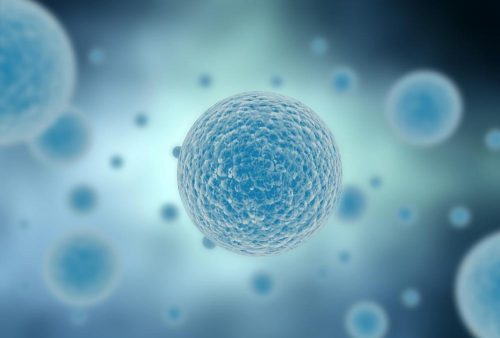Through biophysics, a field that takes an interdisciplinary approach to the study of biological processes, researchers have been able to make great progress in understanding cells, the building blocks of our lives. In studying the underlying biophysics and mechanics of diseases like cancer, a team of Yale researchers led by Michael Mak, an assistant professor of Biomedical Engineering, is studying the different ways that cells interact with their environment. They researched how dynamic forces produced by cells can be used to remodel the extracellular matrix (ECM)—the environment that surrounds a cell made up of interconnected protein fibers—and influence its behavior.
The team put cells in a three-dimensional environment that mimics tissues in the body and observed the irreversible impact of contractile forces generated by cell protrusions. “These protrusions will bind to an ECM fiber and pull the fiber in,” “allow[ing] the cell to reorganize the environment around itself,” Mak explained. This reorganization changes the mechanical properties of the ECM and creates a new microenvironment. The researchers used a computational model, which factors in the conditions of the tissues in the body, predicting the effects of these forces in a more realistic way than if they had just observed a cell in a petri dish.
This study demonstrates how researching underlying biological principles can lay the foundation for new therapeutics in the future. Mak stated that the discovery of the interactions between cells and the ECM are “very important in many diseases like cancer, for example, where the cells are constantly remodeling their environment.” He noted that by understanding how these interactions work, “we can come up with strategies that can target them and prevent tumors from being able to remodel the environment in the future.”

